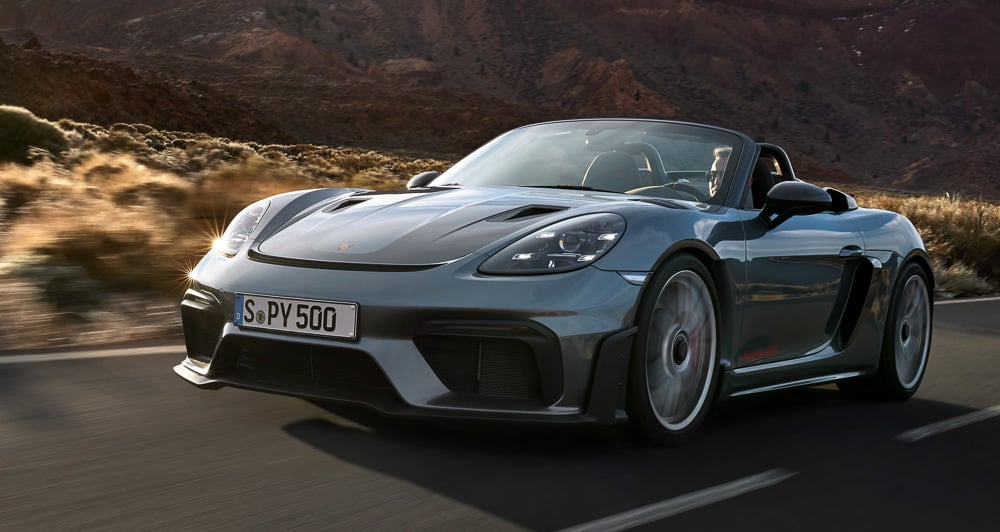
After 30 years, Porsche finally takes the wraps off its fastest, most powerful, and most technologically advanced open-top, two-seat series-production roadster from Zuffenhausen, the 718 Spyder RS.

Essentially a roofless GT4 RS, the Spyder RS is powered by the very same 4.0-liter naturally-aspirated, direct-injected flat-six that propels not only its tin-topped twin, but also the larger 911 GT3 and crucially the race-only GT3 Cup Car, producing a mighty Euro VI-compliant 493hp and 450Nm.
Drive is then transferred to the pavement courtesy of a seven-speed PDK transmission, the only gearbox option available for the Spyder RS.
The powertrain lands the Spyder RS squarely into traditional supercar territory: The sprint from rest to 100km/h is dispatched in a scant 3.5 seconds, to 200km/h in 10.9 seconds, and onto a top speed of 308km/h.
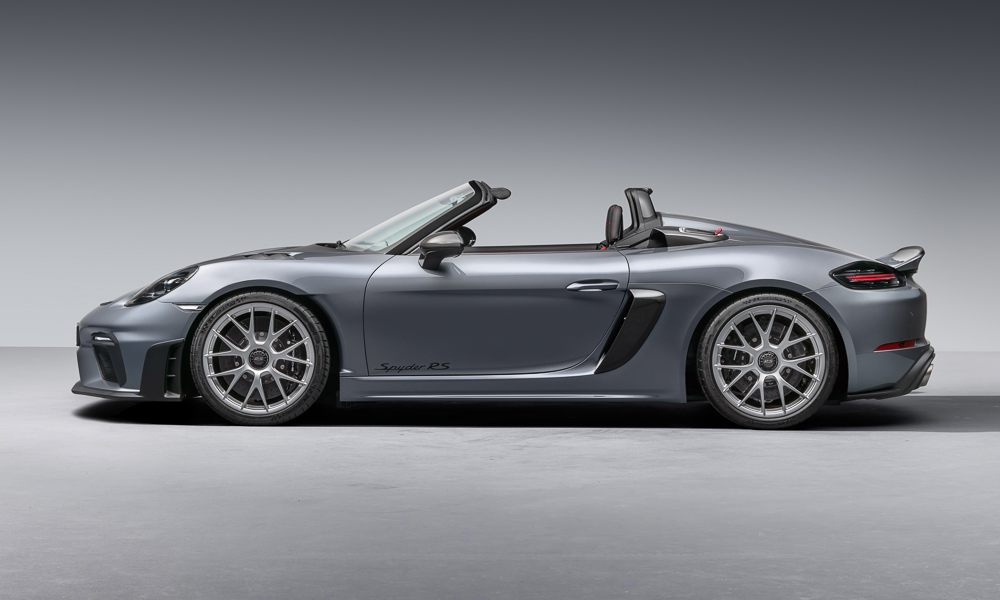
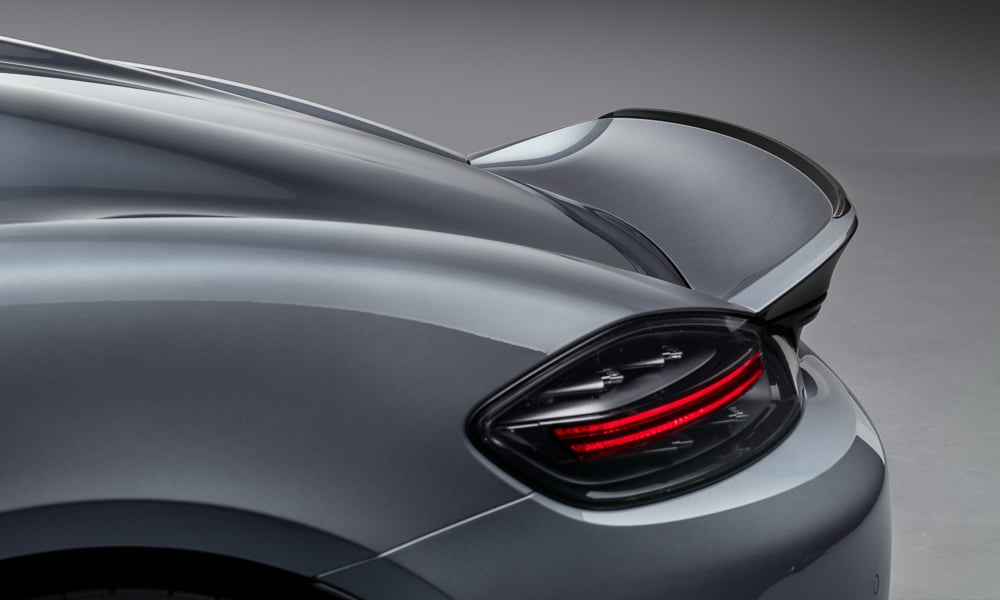
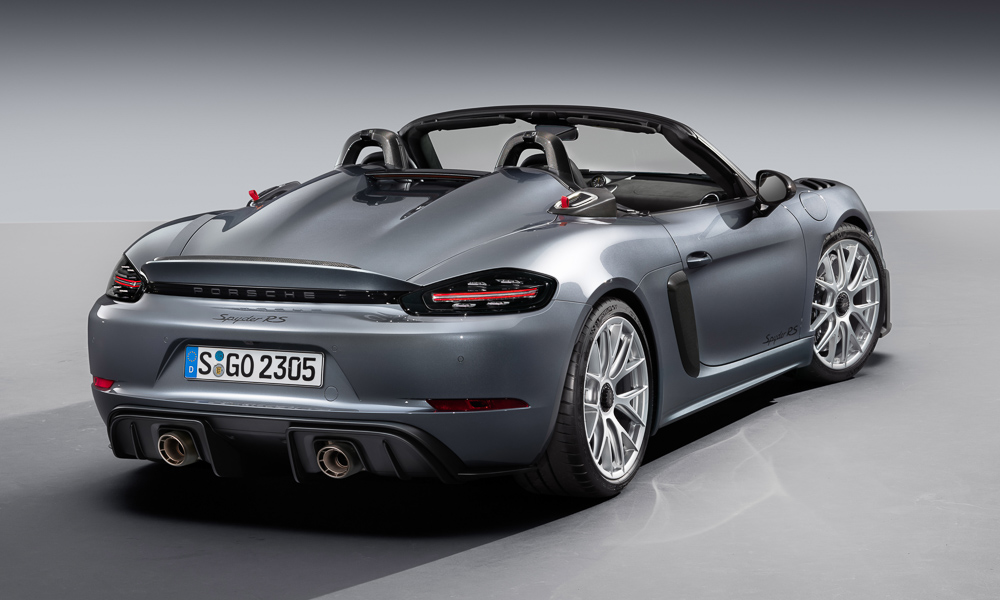
Thanks to the platform being designed as open-top from the ground up, the RS Spyder has no weight penalty for you to enjoy the al fresco motoring experience, weighing in at 1,410kg, which is, in fact, a full 5kg lighter than the closed-coupe Cayman GT4 RS.
The front end looks similar to the GT4 RS, of course, but is exactly the same, says Porsche. The front hood has two large NACA ducts that feed air to the front brake calipers. Sideblades on the front bumper add downforce, but the front features a shorter lip similar in profile to the GT4 RS, which, in conjunction with the smaller ducktail rear spoiler, gives better overall front-to-rear aerodynamic balance.
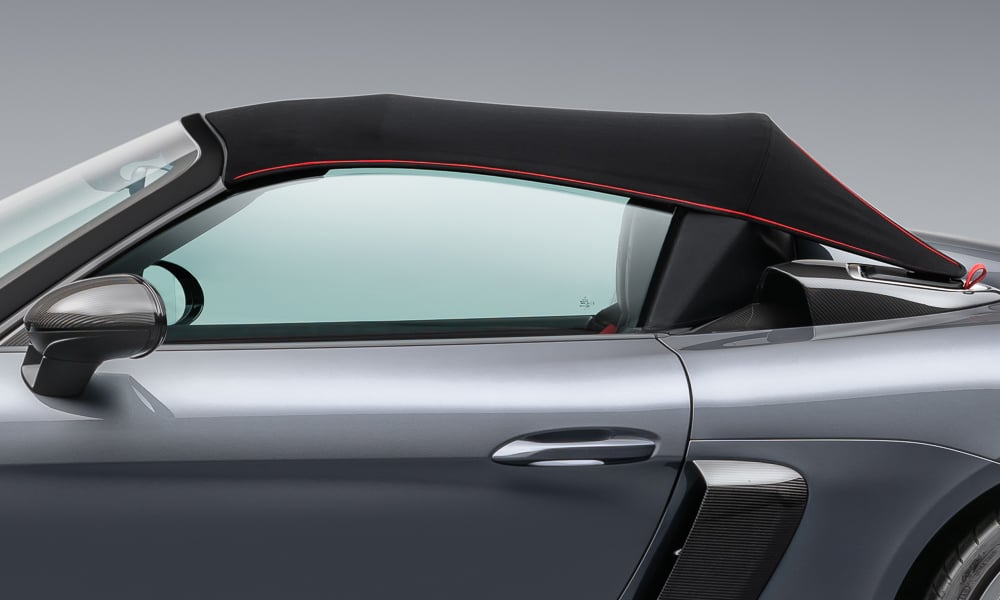
Part of the appeal of the Spyder RS is its purist and minimalist approach to creature comforts. The roof is a manually operated single layer of fabric (or sun-sail), and a wind deflector to help prevent wind buffeting. With the windows up, it prevents more than adequate protection from the elements, and weighs a modest 18.3kg.
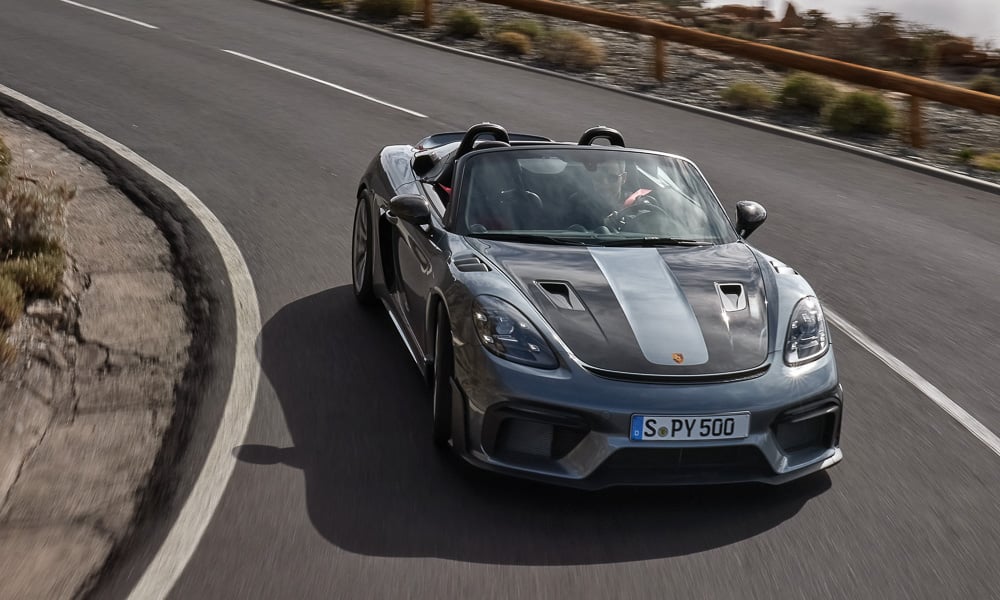
The suspension has been beefed up, with Porsche Active Suspension Management tuned at the infamous Nurburgring and lowered by 30mm all around.
A mechanical limited-slip differential is fitted, along with Porsche Torque Vectoring. Ball-jointed suspension bearings combine with 20-inch forged aluminum wheels to deliver cornering like the car is on rails.
As with a true track-biased performer, the ride height, the camber, toe, the track and even the anti-roll bars are adjustable by an experienced suspension tuner or race engineer. The spring and damper rates are slightly softer compare to the edgier Cayman GT4 RS to give a more roadster-biased feel.
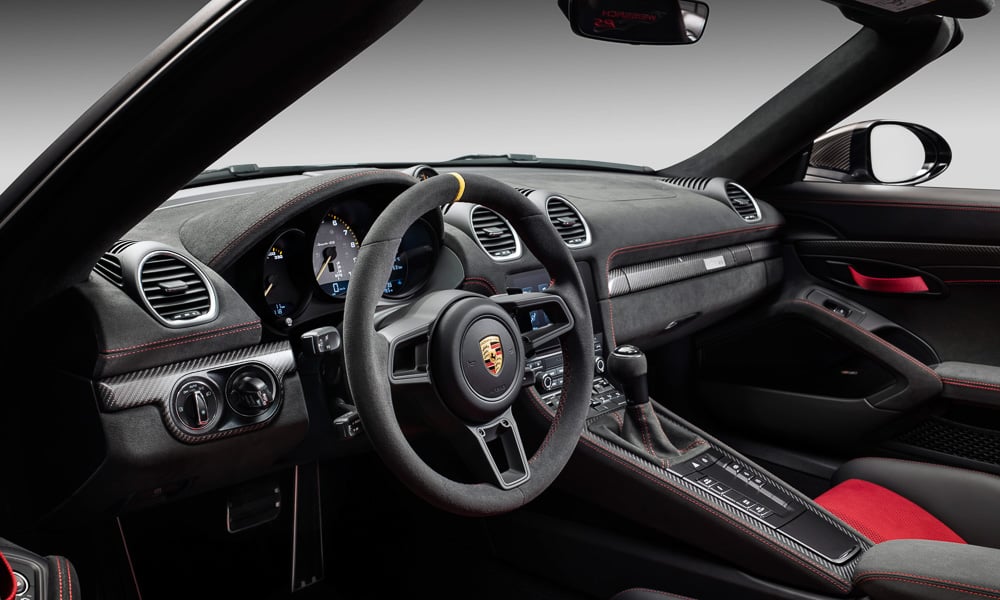
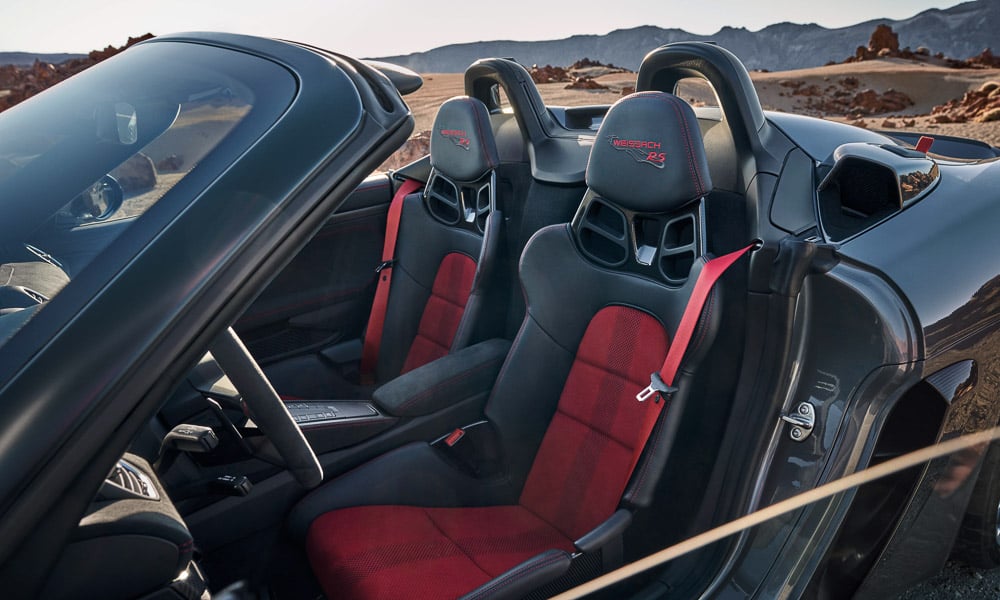
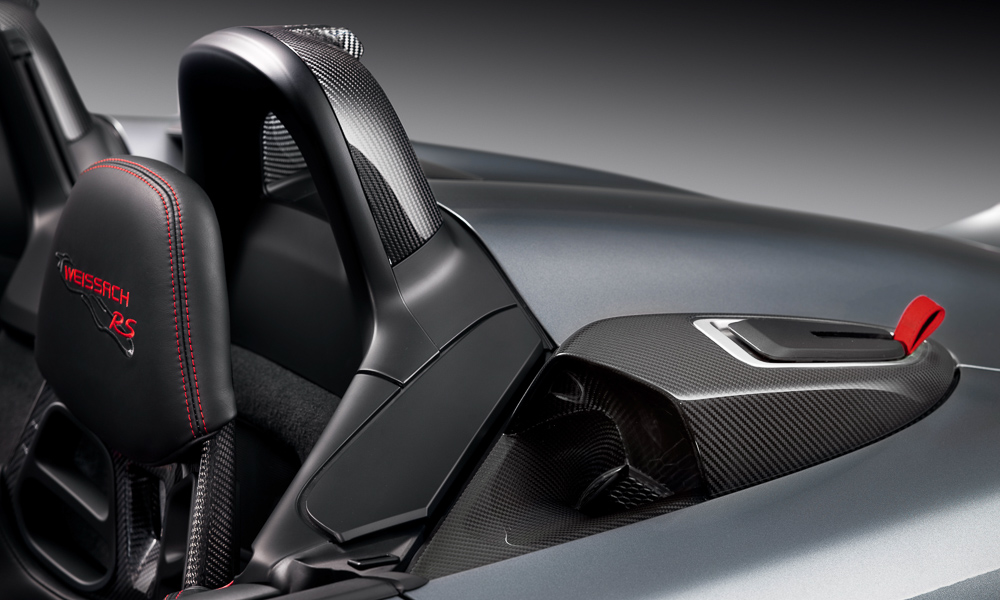
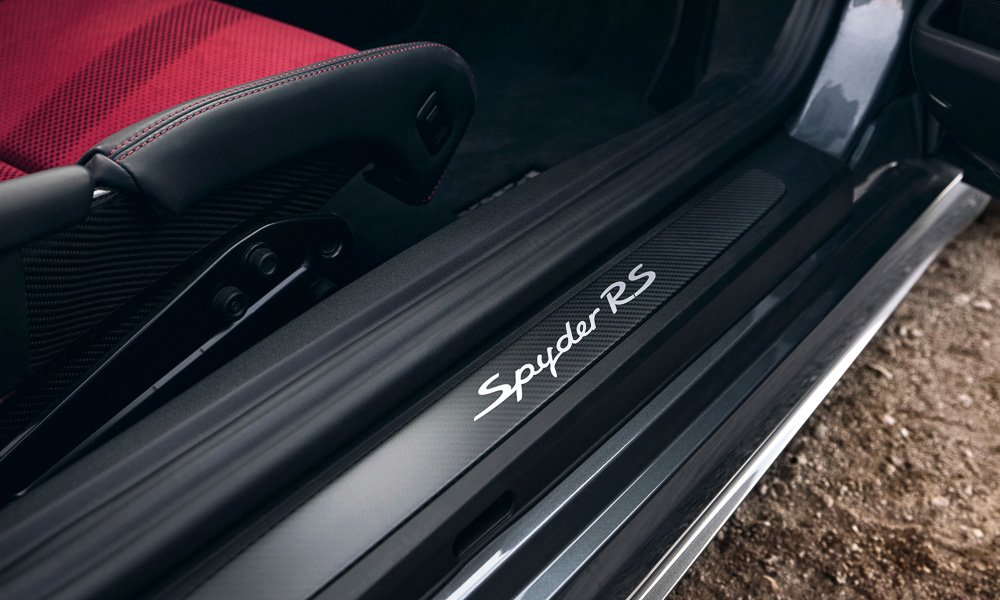
The interior is still the usual no-nonsense Boxster’s from its launch in 2016, devoid of gimmicks and focused on the business of driving. The 918-style steering wheel has a sight mark on the 12-o’clock position, with body-hugging bucket seats made from carbon fiber reinforced plastic and shod in leather, contrasted by perforated Race-Tex centers available in either Carmine Red or Arctic Gray. Also, a Spyder RS logo is embroidered on the headrest.
Order the optional Weissach Pack and the headrest logo will proudly bear the Weissach name (Porsche’s top secret and completely walled test track), and the Spyder RS will also come with even lighter forged magnesium alloy wheels and titanium exhaust tips. And the top section of the dashboard will be covered with a zero-glare Race-Tex fabric, a useful cover when driving in harsh daylight.
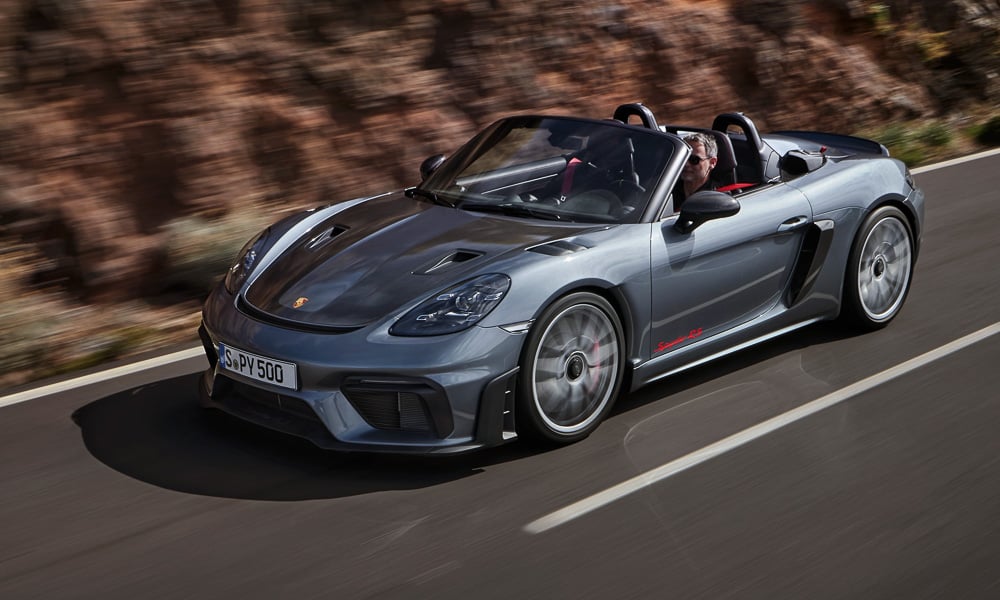
As Porsche prepares to close a big part of its internal-combustion engine chapter, it is fitting that the Boxster and the Cayman will be reborn as electric vehicles in the future, book-ending the Boxster’s almost 30-year history with such excellent models.

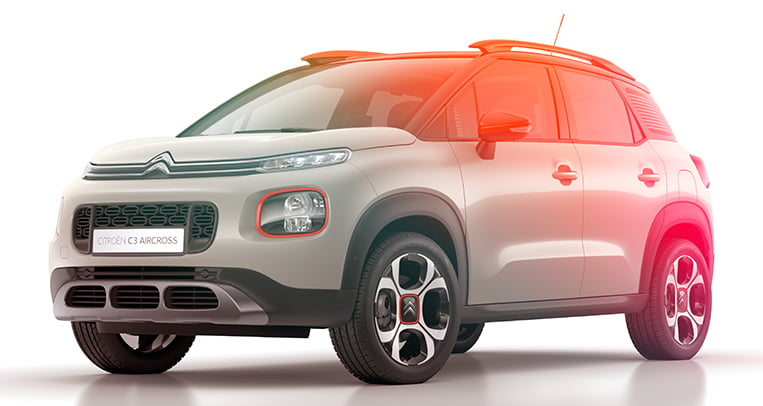
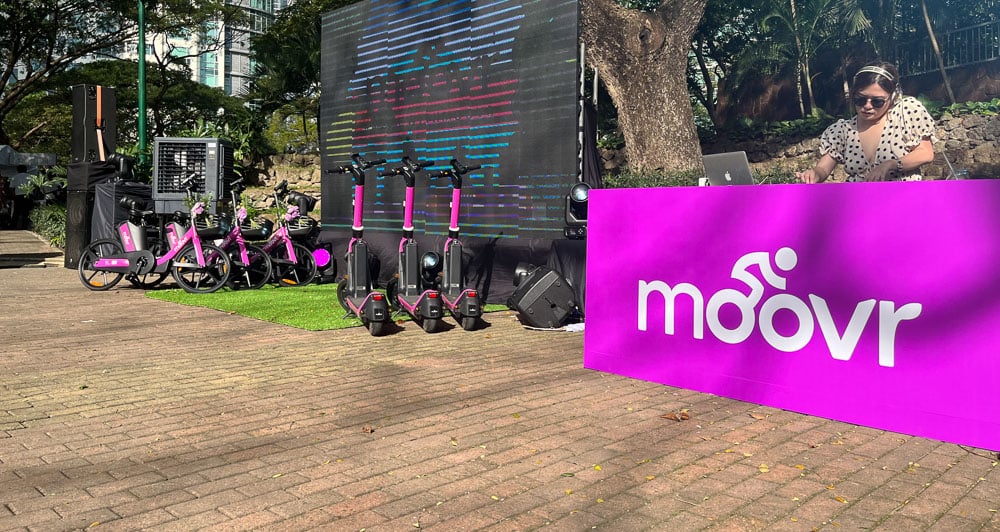
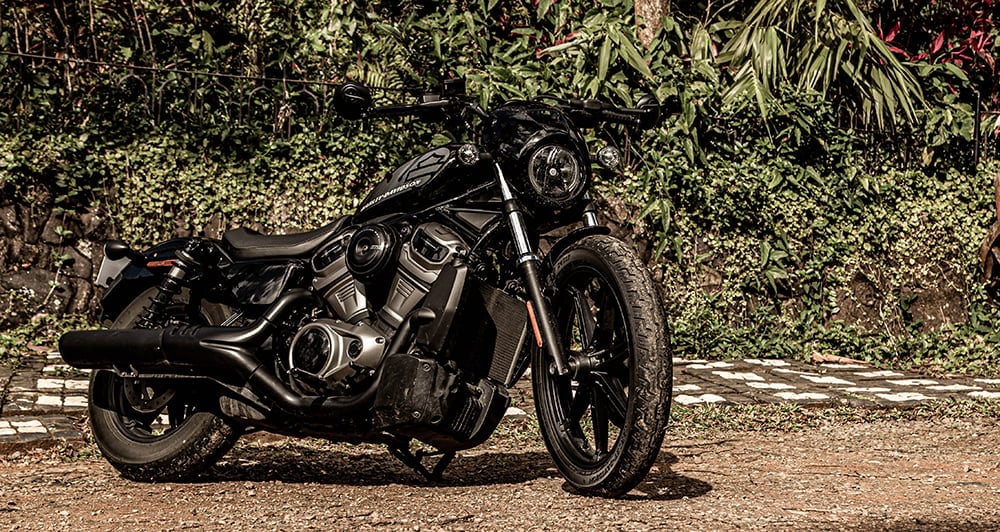
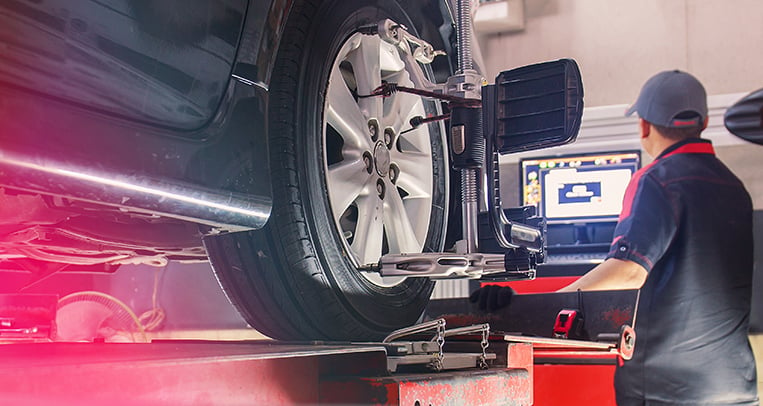
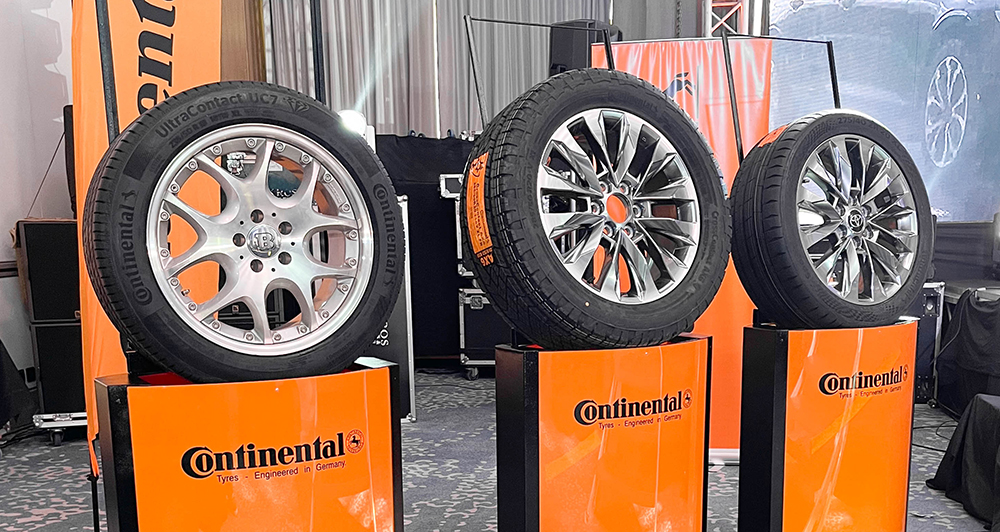

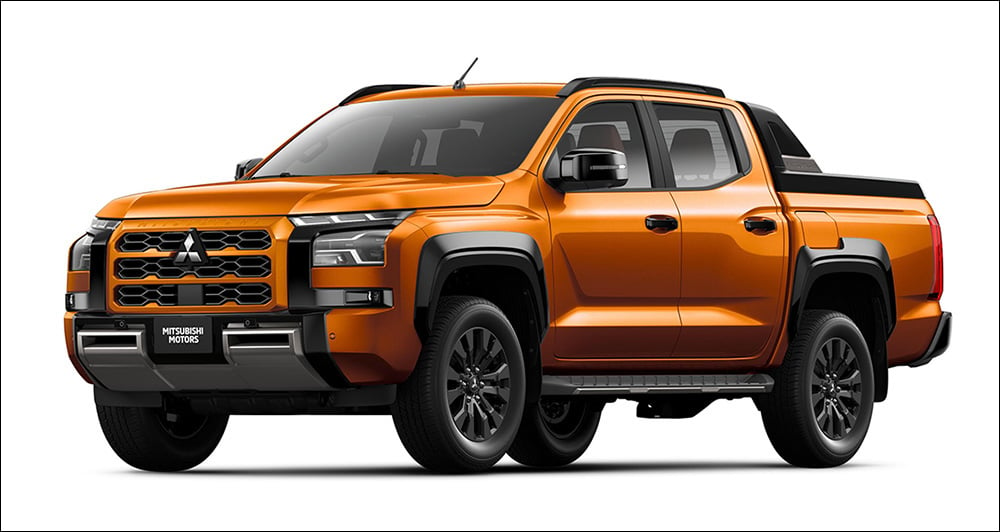
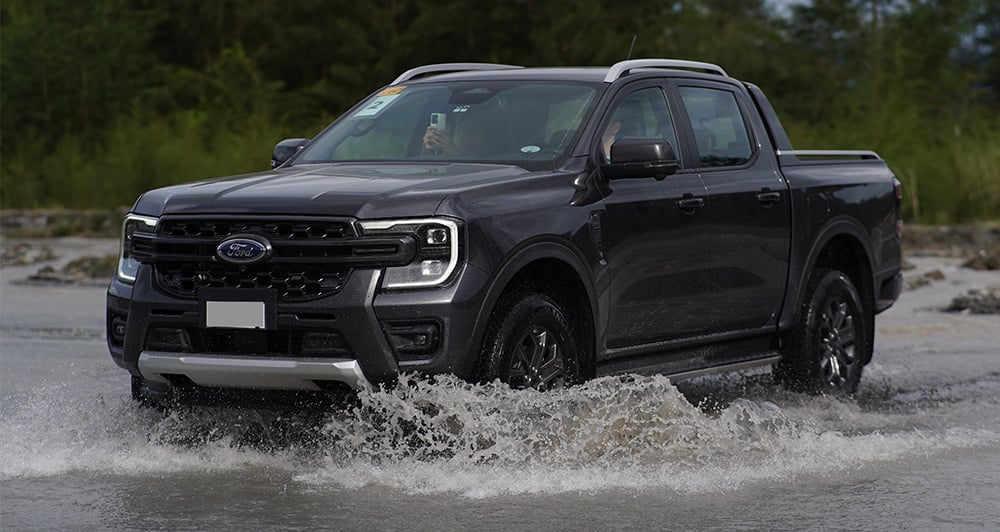

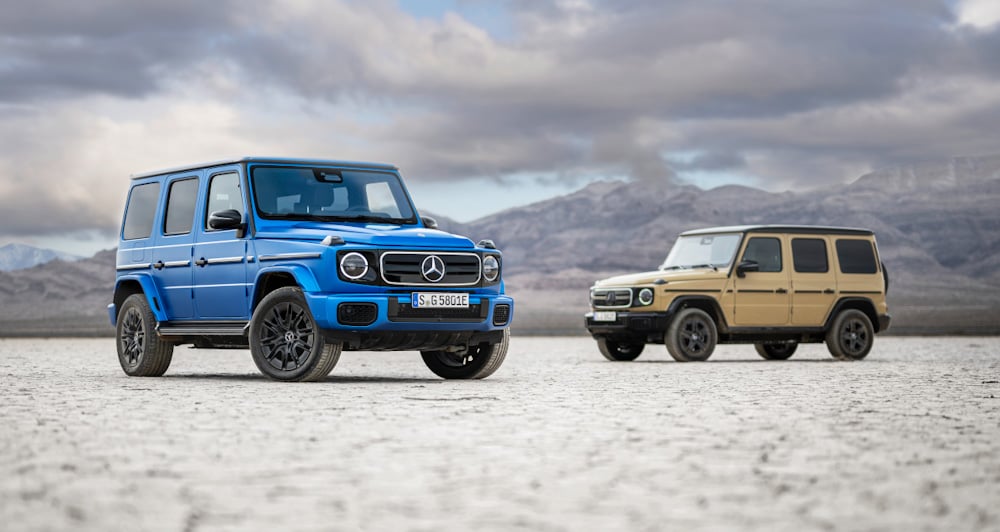
Comments